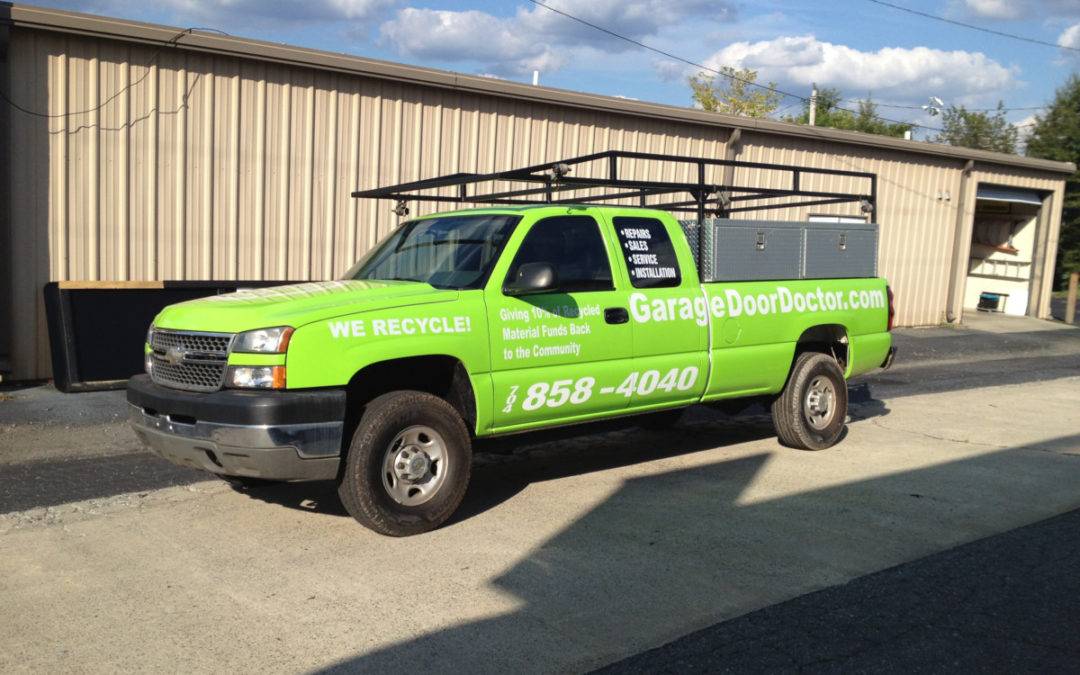Car wraps offer an excellent opportunity to advertise, but plenty of businesses fall flat on their faces with wraps made essentially useless by major flaws. To avoid falling prey to such a mishap, check your own design for these errors before you make any orders:
1. Failure to brand
One of the greatest strengths of any vehicle wrap lies in its potential for branding, so any wrap that fails to play into that strength should be reconsidered. Splash your colors, your logo, your motto, and your aesthetic across your wrap—if absolutely nothing else, you want your wraps to be ‘you’.
2. Weak hooks
If you want anyone to read anything on your wraps, then you need a strong hook to catch the eye. That usually means a well written headline, preferably by someone with copywriting experience. It might mean a really great graphic. Whatever form it takes, make sure it pulls in eyes and directs them to further information.
3. Busy designs
If there’s something happening anywhere the eye lands, the eye won’t land in the places you’re hoping. If you have something to get across, tone down the rest of your wrap. And make sure things aren’t noisy in such a way that the important stuff’s difficult to make out at a distance, too. Ignore this if you’re going for a particular type of high-energy branding, but understand that you won’t be able to convey information well.
4. Contrast failures
It can be tricky to get contrast right while maintaining appropriate colors, but it’s extremely important. Experiment thoroughly to make sure your final design has enough contrast for text and graphics to be clear at a distance. No contrast, and no one will be able to see anything but a blob.
5. Unreadable contact info
Lots of companies throw out a big colorful logo, fun graphics and exciting colors, then stick their contact information in a little corner, as if they’re ashamed to be so bold. Nonsense! You’re transforming a vehicle into a mobile advertisement, so make sure you put as much care into your call to action as you would with any other marketing piece. The medium may change, but the rules largely remain the same.

